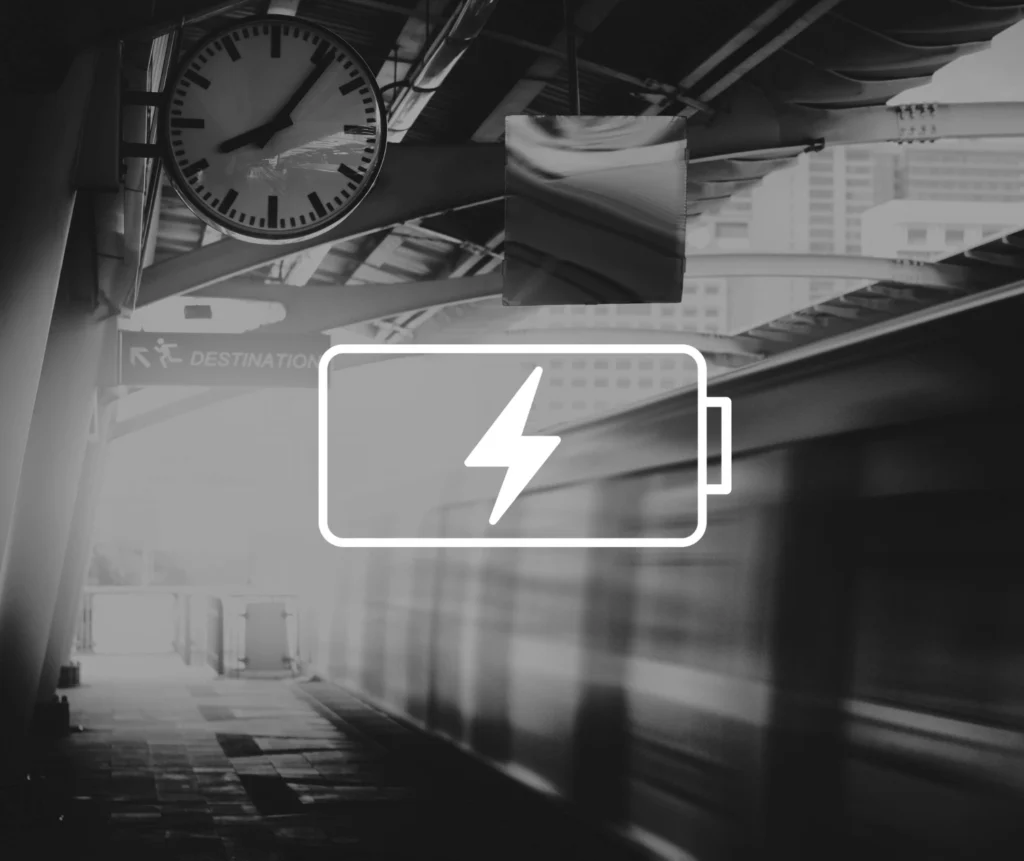Grant Wilson and Paul Rowley today published a new paper for the UK Energy Research Centre (UKERC) titled Flexibility in Britain’s Gas Networks.
It is an important study at a key moment in the UK’s transition to a low carbon energy system and highlights one of the biggest challenges in achieving this ambition – how will supply and demand be balanced in the future without the vast storage and flexibility available from fossil fuels to which we have become so accustomed over time?
The paper shows that linepack across the gas system regularly produces about thirty times more energy within a three-hour period than the maximum ever produced from pumped storage.
The paper shows how, over the course of one day, by using linepack – the increase and decrease of the pressure in the pipework of local distribution networks within their normal operating parameters – about 20 times more energy can be stored and released than from all of the UKs pumped storage facilities. This is equivalent to the daily average output from about 20GW of offshore wind. Even greater linepack storage and flexibility are provided over and above this by the gas transmission network.
Not only is the scale of energy flexibility significantly higher than available within the electricity system but also the speed at which this can be ramped up and down. The paper shows that linepack across the gas system regularly produces about thirty times more energy within a three-hour period than the maximum ever produced from pumped storage.
Our needs for heat and hot water which are predominantly met today by the gas networks naturally show significant variation during the course of a day so, even with improvements in efficiency and demand side response, something will continue to be needed to meet consumers’ needs. This task becomes at least an order of magnitude greater if we consider the challenge posed by the seasonality of heat demand – we will still continue to need a lot more heat in the winter than the summer.
The paper postulates the future use of hydrogen in place of natural gas in existing networks as one way of maintaining this flexibility in a future decarbonised system. As well as allowing continued access to the technical benefits provided to the heat sector by linepack, it would mean using the assets that consumers have already paid for and avoiding the enormous costs of providing alternative means of storage and flexibility at the scale needed for the daily and seasonal fluctuations in heat requirements. This is a strong reason to push for answers to the many questions that have been posed about the suitability of hydrogen and to prove the concept through demonstrations at scale.
